Uncategorized
Solar Energy: Classification, Components, Advantages, & Disadvantages
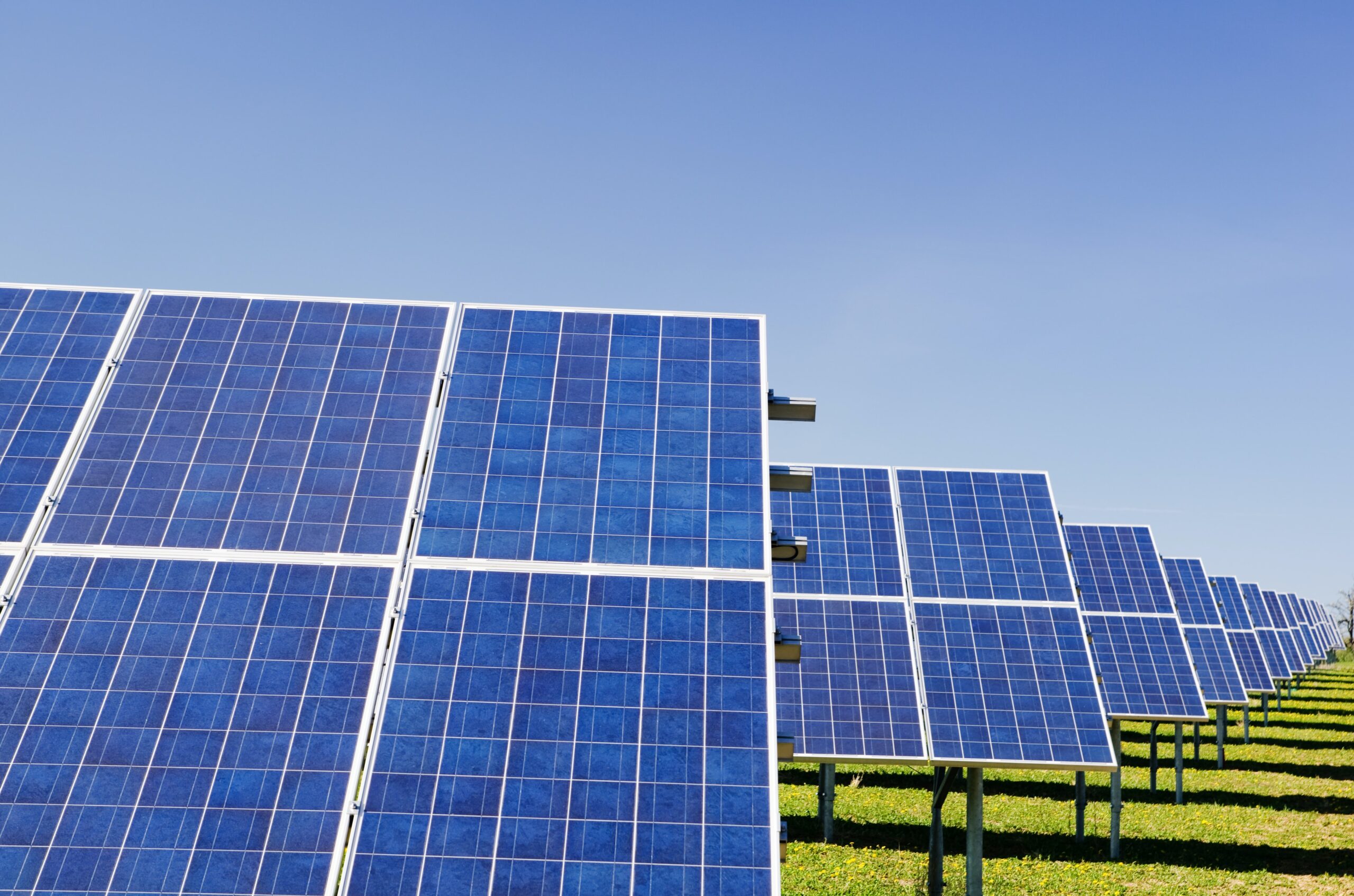
Solar power or solar energy is renewable energy that is generated from the sun’s energy. This energy can be transformed through solar panels or solar thermal systems, to produce electricity, heat, or other forms of energy. The energy in sun rays is one of the most abundant and renewable sources of energy available to us and has the potential to power our homes, businesses, and transportation systems in a sustainable and environmentally-friendly way.
Energy is an essential requirement of our daily life and SUN is a great source of energy. For the Store, the transition of the sun’s energy to electric energy required a system called Solar Power System.
Classification of Solar Energy Plant
Based on the production level and method used for electricity production we can classify it into many types:
Based on Production Type:
- Photovoltaic solar energy (PV)
- Solar thermal Energy (STE)
- Concentrated Solar Power (CSP)
- Building Integrated Photovoltaics (BIPV)
Based on Distribution Grid Type:
- On-Grid Solar Energy
- Off-Grid Solar Energy
- Hybrid Solar Energy
Table of Contents
Further, we discuss briefly the above classification for a basic understanding of terminology
Based on Production Type:
1. Photovoltaic solar energy (PV)
PV Solar panels are used for electricity generation that works on the photoelectric effect. Photovoltaic cells which are manufactured by Silica (soil) after doping of Aluminium and Phosphorus generates electricity by receiving solar energy from PV cell.

2. Solar Thermal Energy
This is similar thermal power plant which is used to generate electricity by Coal or nuclear. Where coal is used to heat water, vapor pressure is used to rotate the turbine and generate electricity. Here a Solar Thermal Power plant Solar energy is used to heat water instead of coal

3. Concentrated Solar Power (CSP)
In Concentrated Solar Power on top of Tower water stored, by a lot of mirrors pointing towards water tower place around tower which reflect sun’s rays and these sun’s rays heat water, which water vapor used to generate electricity by turbine and generator.

4. Building Integrated Photovoltaics (BIPV)
Solar Panels are used as building slabs or walls that dual function in buildings. Electricity generation as well as wall or slab of a building. It is a cost-effective and space-saving method of solar energy generation.

Read Also: E-waste Management Project: Effects, Challenges, and Solution
Based on Distribution Grid Type:
1. On Grid Power plant
In an On-grid power plant, no battery is used for storage. If extra power is generated by solar power plants it will be directly supplied to the main distribution line. And In case of deficiency of electricity Power will be consumed by main distribution line. Extra power supply to distribution line will be a good source of income nowadays. This is most popular to install on grid Solar power plants.
2. Off-Grid power plant
Off-grid power plants are installed with batteries to store electricity which can be used at night when in absence of sun’s energy, no electricity generates by solar panels. Off-grid power plants can be used where no electrical connection is possible by the grid.
3. Hybrid Power plant
For electricity storage batteries are installed as well as remaining electricity after consumption by applicants and stored by batteries send to the grid. This type of solar power plant is called a Hybrid Power plant.
Component Of Solar Energy Plant
- Solar Panels
- Invertor
- Storage Devices (Batteries)
- Transformer
- Ac grid system
- Residential/commercial power Utilization
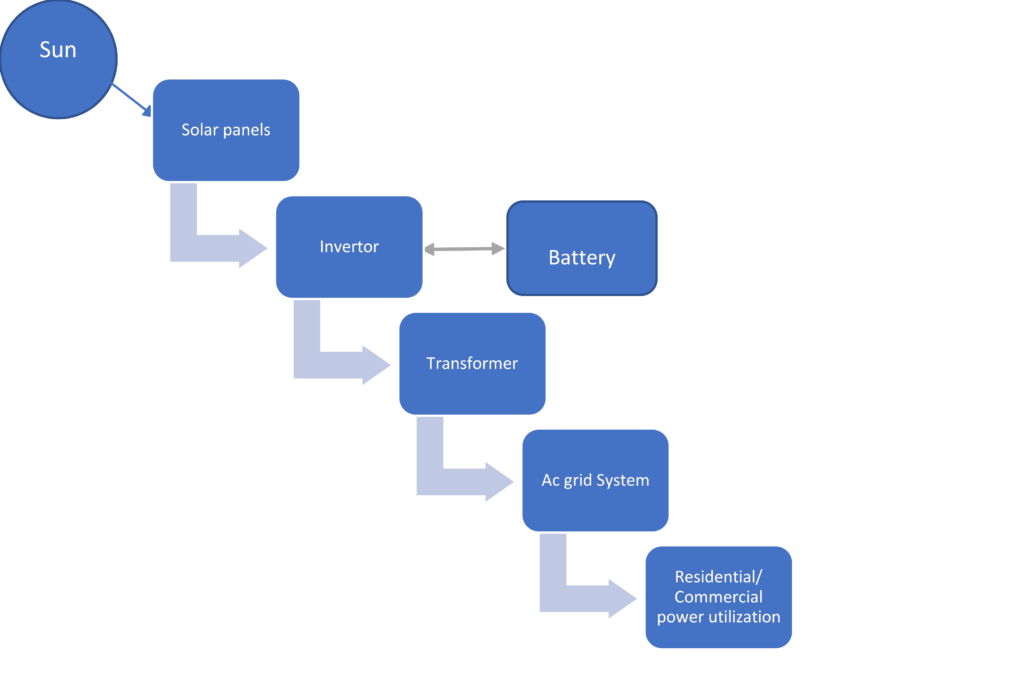
Solar Power Plant All Component and working Processes
1. Solar panels:
These are the devices that capture the energy from the sun and convert it into electricity.
2. Inverter:
This device converts the direct current (DC) electricity produced by the solar panels into alternating current (AC) electricity that can be used by household appliances and fed into the power grid.
3. Batteries:
These are used to store excess electricity generated by the solar panels during the day so that it can be used at night or during times when there is less sunlight.
4. Charge controller:
This device regulates the flow of electricity between the solar panels and the batteries to ensure that the batteries are not overcharged or damaged.
5. Monitoring system:
This system tracks the performance of the solar panels and other components of the system, providing feedback on energy production and any potential issues.
6. Power grid connection:
Solar power systems can be connected to the traditional power grid, allowing excess electricity to be fed back into the grid and reducing the reliance on non-renewable energy sources.
What are the benefits of solar power systems?
Solar Power Systems have a lot of advantages which are:
- Renewable and sustainable: Solar power is a renewable and sustainable energy source that doesn’t emit any greenhouse gases or other pollutants, making it an environmentally-friendly alternative to traditional fossil fuels.
- Cost-effective: While the initial cost of installing a solar power system may be high, it can ultimately save you money on your energy bills in the long run. Depending on where you live, you may also be eligible for government incentives or tax credits that can help offset the cost of installation.
- Low maintenance: Solar panels require very little maintenance and can last for decades with proper care. This means that once your solar power system is installed, you can enjoy clean and free energy for years to come. Almost 25 years after the installation of solar panels no need to replace them.
- Energy independence: By generating your own electricity with a solar power system, you can become less reliant on the grid and reduce your dependence on traditional energy sources.
- Increased property value: A solar power system can increase the value of your property and make it more attractive to potential buyers if you decide to sell your home or business.
What are the Disadvantages of solar power?
While solar power has many benefits, there are also some disadvantages to consider, including:
- High upfront cost: The initial cost of installing a solar power system can be high, which may make it difficult for some people to afford. However, over time, the system can save money on energy bills and potentially pay for itself.
- Weather-dependent: Solar power generation is dependent on the availability of sunlight, which means that it may not be a reliable source of energy in areas with inconsistent or low levels of sunlight. However, advancements in solar technology and the availability of battery storage systems are helping to address this issue.
- Land use: Large-scale solar power systems may require a significant amount of land, which can be a challenge in densely populated areas. However, rooftop solar installations and smaller systems can help mitigate this issue.
- Maintenance and repair: While solar panels are low-maintenance, they do require occasional cleaning and inspection to ensure they are working properly. Additionally, if a panel is damaged or malfunctions, it may need to be repaired or replaced, which can be costly.
- Energy storage limitations: While battery storage systems can help address the issue of inconsistent sunlight, they can also be expensive and may not be able to store enough energy to meet all of a household or business’s energy needs.
Overall, while solar power has many benefits, it may not be the best option for everyone. It’s important to consider your energy needs, location, and budget when deciding whether a solar power system is right for you.
References
Uncategorized
11 – Aggregate Test -All Type & Importance
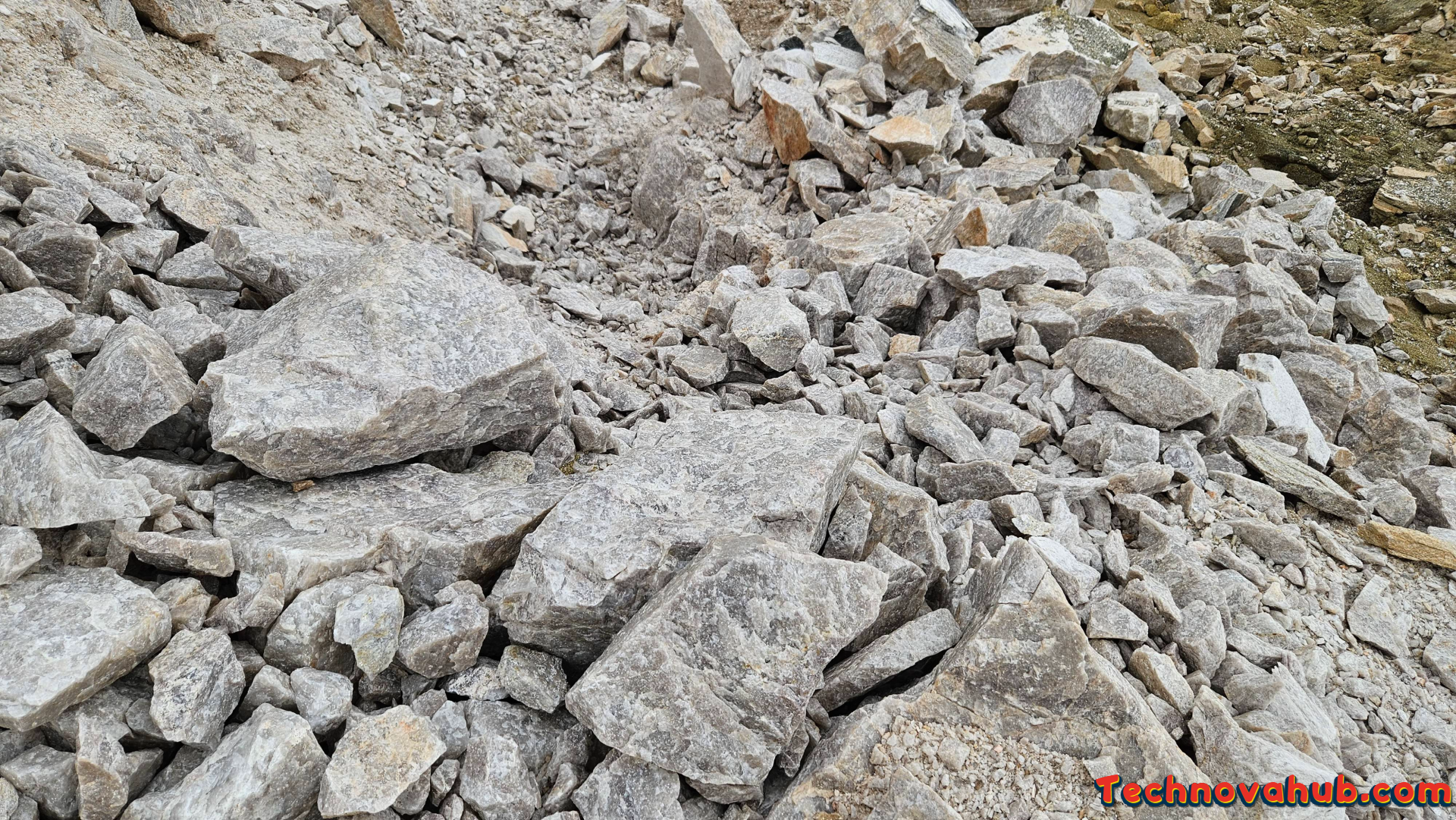
Aggregate test is the most important substance in the construction industry. The strength of the structure after joint strength depends on the strength of the aggregate.
Aggregate indeed plays a crucial role in the construction industry, particularly in the production of concrete. Concrete is a fundamental building material used in various construction projects, and its strength and durability are significantly influenced by the quality of its components, including aggregate.
Required characteristics of aggregate
The study of aggregate can improve the strength of construction as well as money. Here are some key points about the importance of aggregate test in construction:
- Strength and Durability: Aggregates are the primary component in concrete, constituting about 60-75% of the total volume. The properties of the aggregate, such as its strength and durability, directly impact the overall strength and durability of the concrete structure.
- Load-Bearing Capacity: Aggregates provide the bulk and rigidity to concrete, contributing to its load-bearing capacity. The arrangement of aggregates in the mix affects the compressive strength of concrete, which is crucial for supporting structural loads.
- Economy: Properly graded and high-quality aggregates can enhance the workability of concrete mixtures, allowing for more economical use of cement. This is important as cement is typically a more expensive component of concrete. A well-designed mix with the right proportion of aggregate can optimize the use of cement without compromising strength.
- Volume Stability: The expansion and contraction of concrete due to temperature changes and moisture variations can be influenced by the type and quality of aggregate used. Aggregates that are resistant to changes in volume help ensure the long-term stability of the concrete structure.
- Bonding with Cement Paste: The interface between the aggregate particles and the cement paste (the glue that holds concrete together) is critical. Proper bonding is necessary to achieve the desired strength and durability. The surface characteristics of the aggregate can impact this bonding.
- Shape and Size: The shape and size of aggregate particles also play a role. Well-graded aggregates with a variety of sizes can result in a denser and more workable mix. The shape of the particles can affect the surface area and, consequently, the amount of cement paste needed for adequate bonding.
Above all parameters are used to identify aggregate before use on-site in construction.
Type of Aggregate test :
- Particle Size Distribution (Gradation Test):
- Purpose: Determines the distribution of particle sizes within an aggregate sample.
- Method: Sieves of different sizes are used to separate and measure the particles.
- Shape and Texture Tests:
- Flakiness and Elongation Index Test:
- Purpose: Assesses the shape characteristics of aggregate particles.
- Method: Measures the ratio of the elongated or flaky particles to the total mass.
- Angularity Number Test:
- Purpose: Quantifies the angularity of aggregate particles.
- Method: Involves measuring the volume of voids between angular particles.
- Flakiness and Elongation Index Test:
- Specific Gravity and Absorption Test:
- Purpose: Determines the specific gravity and water absorption of the aggregate.
- Method: Involves measuring the weight of the aggregate in air and in water to calculate specific gravity and absorption.
- Bulk Density and Voids Test:
- Purpose: Measures the density and void content of aggregate.
- Method: Involves determining the bulk density and calculating the percentage of voids in the aggregate.
- Soundness Test:
- Purpose: Evaluates the resistance of aggregate to disintegration due to weathering.
- Method: Aggregates are subjected to cycles of wetting and drying in a sodium sulfate or magnesium sulfate solution.
- Los Angeles Abrasion Test:
- Purpose: Measures the resistance of agSogregate to abrasion and impact.
- Method: Aggregates are placed in a drum and rotated, causing abrasion and impact on the particles.
- Crushing Value Test:
- Purpose: Determines the aggregate’s resistance to crushing under a gradually applied compressive load.
- Method: Aggregates are subjected to a specified load and the percentage fines generated is measured.
- Impact Value Test:
- Purpose: Measures the aggregate’s resistance to sudden impact.
- Method: Aggregates are subjected to a standard impact test using a testing machine.
- Moisture Content Test:
- Purpose: Determines the moisture content of aggregates.
- Method: Involves weighing the aggregate before and after drying to calculate the moisture content.
- Alkali Aggregate Reactivity Tests:
- Alkali-Silica Reactivity (ASR) Test: Evaluates the potential of aggregates to react with alkalis in concrete.
- Alkali-Carbonate Reactivity (ACR) Test: Assesses the potential reactivity of carbonate aggregates.
- Organic Impurities Test:
- Purpose: Identifies the presence of organic materials in the aggregate.
- Method: Aggregates are immersed in a solution, and any color change is observed.
IS Code for Aggregate are shown as:
| IS CODE | AGGREGATE TEST |
| IS 2386 – 8 | Methods of Test for Aggregates for Concrete – Petrographic Examination |
| IS 2386-7 | Methods of Test for Aggregates for Concrete, Part VII: Alkali Aggregate Reactivity |
| IS 2386-6 | Methods of test for aggregates for concrete: Measuring mortar making properties of fine aggregates |
| IS 2386-5 | Methods of test for aggregates for concrete: Soundness |
| IS 2386-4 | Methods of test for aggregates for concrete: Mechanical Properties |
| IS 2386-3 | Methods of test for aggregates for concrete: Sp. Gravity, Density, Voids, Bulk Density & Water absorption |
| IS 2386-2 | Methods of test for aggregates for concrete: |
| IS 2386-1 | Methods of test for aggregates for concrete: Particle Size & Shape |
Read Also : Concrete blocks: Types, Tests Pros & manufacturing process
Read also : Most Recommended Is Codes For Aggregates In Construction
Uncategorized
Amazon Sale 2023 : Get prepare for special offers of the year


Amazon sale 2023 date has been announced which we all indian wait of a year for big discounts in shopping.
Upcoming Big sale start from 8 october 2023. Amazon’s flagship event Great Indian Festival will go live on Sunday, Oct 8, with early access for Prime members going live on Saturday, Oct 7 at midnight.
Table of Contents
Some of items price in upcoming sale has been revaled and many item discount price will be available soon.
So, get ready for upcoming shopping season of the year.
Amazon Event Landing Page: Visit Here
Amazon Sale 2023 Shopping Link Categories wise:
- Mobile Phones: Click Here
- Laptops & Smart Watches: Click Here
- Home & Kitchen: Click Here
- Fashion & Beauty: Click Here
- Television & Appliances: Click Here
- Daily Essentials: Click Here
- Amazon Brands: Click Here
- Amazon Devices: Click Here
- Gaming, Books, Personal Care Appliances: Click Here
If you wish to shop before stock out get ready and add items in wishlist before sale starts.
Read Also: Container Homes: Moveable, Affordable, and Ecofriendly
How to choose best deals ?
Amazon price trackers tools
Use Amazon price trackers tools for check best prices with duration it helps in shop in that price of should wait for a price drop.
Some of price tracker tools name are:
1. keepa
2. price history
3. Earny
4. PriceBefore
Check Reviews and Rating
Which item you want to buy, would be purchase by someone before so check product reviews where you can understand about product.
Today’s Deals
Click on “Today’s Deals”, which is dedicated to show special offers and discounts on that time available.
Uncategorized
Concrete mixer machine: Guide to Efficient Mixing Equipment
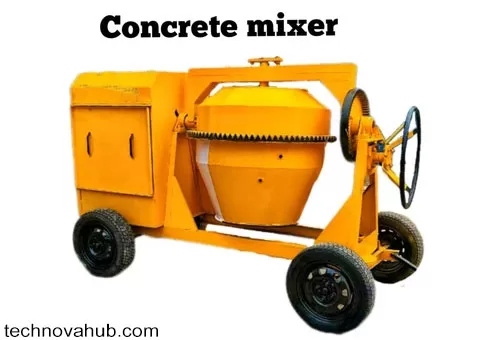
A concrete mixer machine, also known as a cement mixer, is a device used to combine cement, water, and aggregates (e.g., sand, gravel, or crushed stone) to form concrete. This mixing process ensures that the concrete’s components are evenly distributed and results in a homogenous mixture that is suitable for construction purposes.
Table of Contents
Concrete mixers machine come in various sizes and types, but the most common ones are:
Types of Concrete Mixture Machine
1. Drum Mixer:
This is the most common type of concrete mixer machine, where the ingredients are mixed by tumbling them inside a revolving drum. The drum can be tilted to discharge the concrete. Drum mixers can be further classified as:
- Tilting Drum Mixers: The drum can be tilted to pour the concrete.
- Non-Tilting Drum Mixers: The drum is fixed, and the concrete is discharged by opening a chute at the bottom.
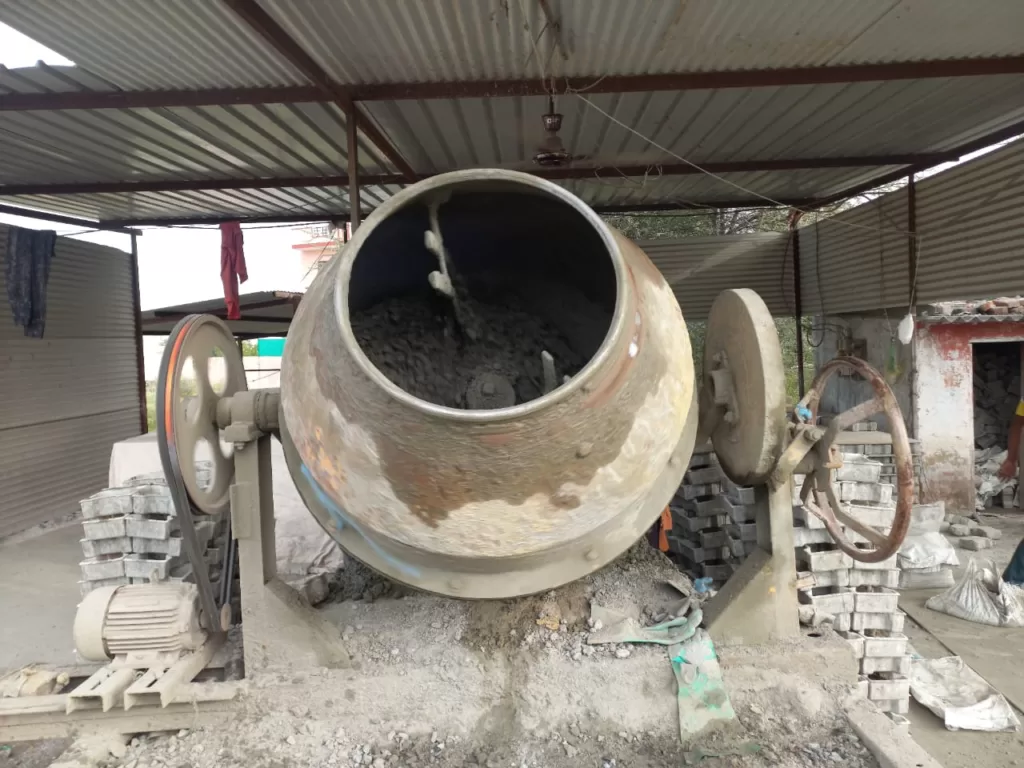
2. Pan Mixer
This type of mixer has a stationary mixing pan and blades that rotate around a vertical axis. The ingredients are mixed as the blades move through the material.

3. Twin Shaft Mixer
This type of mixer has two horizontal shafts with paddles that counter-rotate, ensuring thorough mixing of the materials.
4. Vertical Axis Mixer
In this mixer, the shaft is vertical, and the mixing action is similar to a pan mixer but on a larger scale.
Concrete mixer machines are widely used in various construction projects, including buildings, roads, bridges, and other structures. They are available in different capacities, ranging from small portable mixers suitable for DIY projects to large stationary mixers used in commercial construction.
When operating a concrete mixer machine, it’s essential to follow safety guidelines, wear appropriate protective gear, and ensure that the machine is used and maintained correctly to prevent accidents and ensure optimal performance. Additionally, different types of mixers and concrete formulations may be suitable for specific construction applications, so it’s essential to choose the right equipment and mix design for the project at hand.
Read Also: Best Cement for Paver Block Manufacturing
Reference : Concrete mixer
HOW TO CHOOSE THE RIGHT CONCRETE MIXER machine?
1. Size
Power supply
Durability
portability
Which Concrete Mixture Machine is used Most commonly?
Mostly Drum Mixture machine is used. It is used due to its ease to handle for loading cement, sand, and aggregate as well as unloading concrete. Tilting Drum Mixers are used commonly at small scales. No chute opening is available for unloading, so no cement slurry waste and homogeneous concrete mixture occurs.
What size is to be considered while purchasing a new concrete mixture machine?
When loading and unloading of concrete and material are done by labor manually then choose a capacity of 1.5 bag cement concrete mixture.
What is the price of the RCC Concrete mixer machine?
The concrete Mixture machine costs 50,000 rupees to 2,50,000 rupees. It depends on type of mixture and size of the mixture.
Motor-operated Tilting Drum Mixers costs around 75,000 rupees.
Disclaimer
Please note that the information on technovahub.com is designed to provide general information on the topics presented. The information provided should not be used as a substitute for professional services.
-

 Business2 years ago
Business2 years agoBhiwadi: An industrial city You Should Know About
-

 Uncategorized1 year ago
Uncategorized1 year agoChoosing Best Cement for Paver Block Manufacturing: A Comprehensive Guide
-

 Tech2 years ago
Tech2 years agoBest AC brands in India 2023
-

 Indian Culture2 years ago
Indian Culture2 years agoTop 5 Destinations to Celebrate Holi 2023 in North India
-
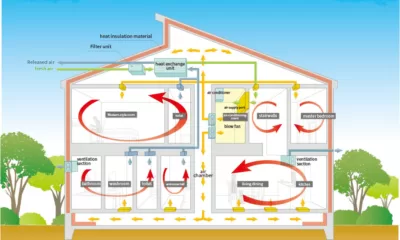
 Uncategorized1 year ago
Uncategorized1 year agoOptimizing Ventilation and Air Circulation in Architectural Building Design: Enhancing Indoor Comfort and Health
-
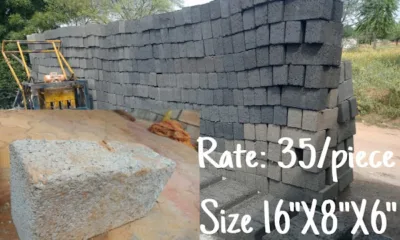
 Uncategorized2 years ago
Uncategorized2 years agoConcrete blocks: Types, Tests Pros & manufacturing process
-

 Business2 years ago
Business2 years agoSolar Panels: 3 Types, Working & Manufacturing Process
-

 Tech2 years ago
Tech2 years agoE-waste Management Project: Effects, Challenges, and Solution




